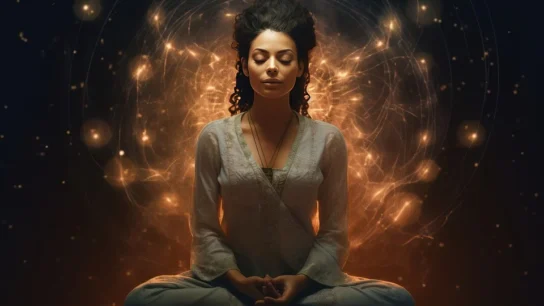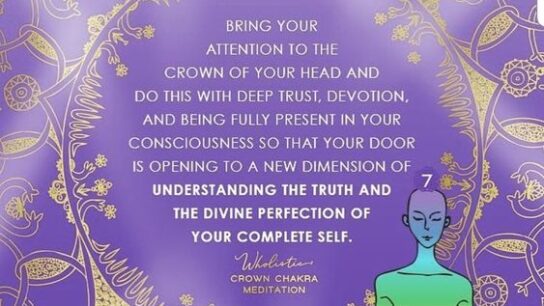“Explore the 12 chakra system, which includes 7 primary chakras within the body and 5 transpersonal chakras beyond it. Discover the roles of the root, sacral, solar plexus, heart, throat, third eye (brow), and crown chakras, along with the additional transpersonal chakras. Our guide provides detailed insights, meanings, locations, and frequencies of each chakra, complete with practical chakra meditation techniques and visual charts to enhance your spiritual and emotional well-being.” Chakras, the energy centers within our body, have long been a focal point in various spiritual and holistic traditions. While most people are familiar with the concept of the seven main chakras, 12 chakra system Explained offers a more expanded view of our energy anatomy.
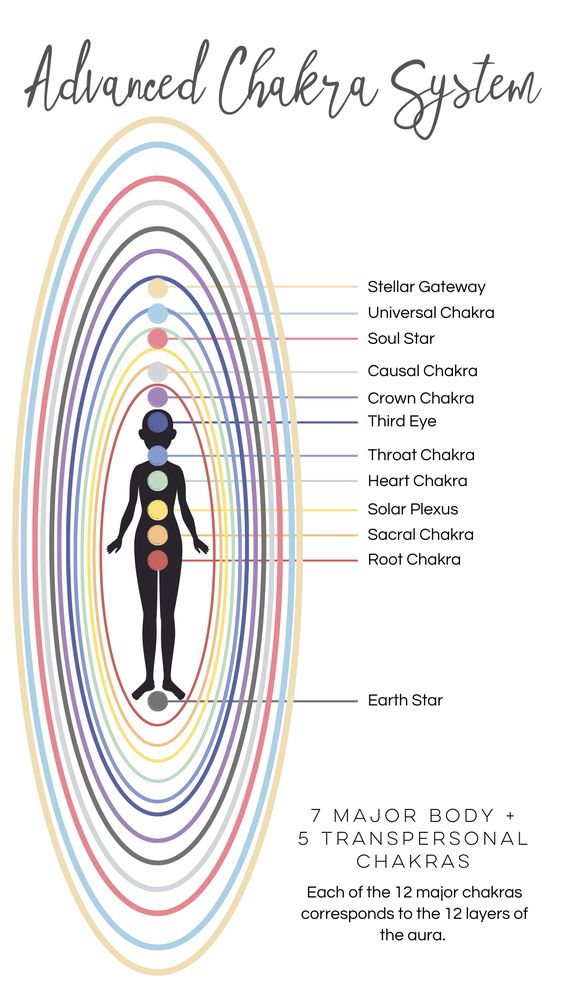
Introduction
The 12 chakra system is an intricate framework that extends beyond the traditional seven chakras. Understanding this expanded system can enhance your spiritual practice, improve your emotional health, and offer new insights into your personal energy fields. In this article, we will delve into each of the 12 chakras, their meanings, and their practical applications, providing you with a thorough understanding of this fascinating subject.
Section 1: 12 chakra system Explained
Definition of Chakras
Chakras are energy centers within the human body that regulate various aspects of our physical, emotional, and spiritual well-being. The term “chakra” comes from the Sanskrit word meaning “wheel” or “disk,” and these centers are often visualized as spinning wheels of energy. Each chakra corresponds to specific physical organs, emotions, and aspects of consciousness.
Historical Background
The concept of chakras originates from ancient Indian traditions, particularly within Hinduism and Buddhism. These energy centers are described in various texts, including the Vedas and Tantras, and have been integral to practices such as yoga and advance meditation for centuries. Over time, the chakra system has been adopted and adapted by various cultures, each adding its interpretations and nuances.
Section 2: The 12 Chakra System
The 12 chakra system expands on the traditional seven chakras by incorporating additional energy centers that are believed to enhance our spiritual and energetic experience. This system provides a more detailed map of our energetic anatomy and offers deeper insights into our personal and spiritual growth.
Chart and Diagram
To help visualize the 12 chakra system, we have included a more about 12 chakra maditation chart and 12 chakras diagram. These visual aids illustrate the location and interconnectedness of each chakra.
Keywords: In this section, we’ll use “12 chakra system,” “12 chakra system chart,” and “12 chakras chart” to provide a clear understanding of how these chakras fit into the broader system.
Section 3: The 12 Chakras Explained
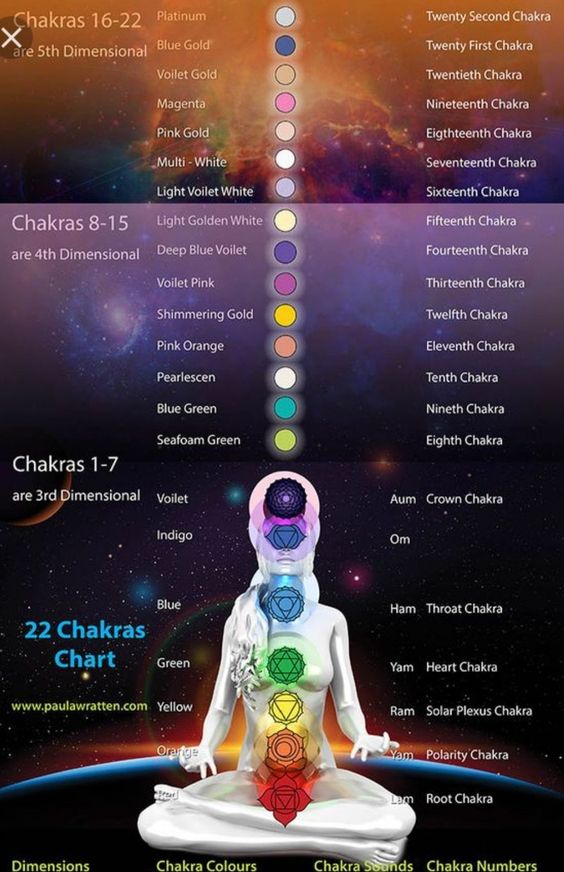
- Root Chakra (Muladhara)
- Location: Base of the spine
- Meaning: This chakra is associated with grounding, stability, and our sense of security. It connects us to the Earth and provides a foundation for our physical and emotional well-being.
- Color: Red
- Sacral Chakra (Svadhisthana)
- Location: Lower abdomen
- Meaning: The sacral chakra governs creativity, sexuality, and emotional expression. It is linked to our ability to enjoy life and experience pleasure.
- Color: Orange
- Solar Plexus Chakra (Manipura)
- Location: Upper abdomen
- Meaning: This chakra is the center of personal power, confidence, and self-esteem. It influences our willpower and our ability to take action.
- Color: Yellow
- Heart Chakra (Anahata)
- Location: Center of the chest
- Meaning: The heart chakra is associated with love, compassion, and emotional healing. It connects us to others and helps us form meaningful relationships.
- Color: Green
- Throat Chakra (Vishuddha)
- Location: Throat
- Meaning: This chakra governs communication, self-expression, and truth. It influences our ability to speak and listen effectively.
- Color: Blue
- Third Eye Chakra (Ajna)
- Location: Forehead, between the eyes
- Meaning: The third eye chakra is linked to intuition, insight, and spiritual awareness. It enhances our ability to perceive beyond the physical realm.
- Color: Indigo
- Crown Chakra (Sahasrara)
- Location: Top of the head
- Meaning: This chakra represents spiritual enlightenment and our connection to the divine. It is the gateway to higher consciousness and universal wisdom.
- Color: Violet
- Soul Star Chakra
- Location: Above the crown chakra
- Meaning: The soul star chakra is associated with our higher self and cosmic connection. It provides insight into our soul’s purpose and spiritual evolution.
- Color: White
- Earth Star Chakra
- Location: Below the feet
- Meaning: This chakra connects us to the Earth and our physical existence. It supports grounding and stability, and helps us stay connected to our physical body.
- Color: Brown
- High Heart Chakra
- Location: Above the heart chakra
- Meaning: The high heart chakra is linked to universal love, forgiveness, and compassion. It helps us cultivate empathy and understanding.
- Color: Pink
- Thymus Chakra
- Location: Thymus gland area
- Meaning: This chakra influences our immune system and overall well-being. It supports our ability to heal and maintain physical health.
- Color: Turquoise
- Brow Chakra
- Location: Just above the third eye
- Meaning: The brow chakra is associated with higher wisdom, insight, and spiritual clarity. It enhances our ability to understand complex spiritual concepts.
- Color: Gold
Keywords: Use “12 chakras and their meanings,” “12 chakra frequencies,” and “12 chakra colors” to describe each chakra in detail.
Section 4: The 12 Chakras and Their Frequencies
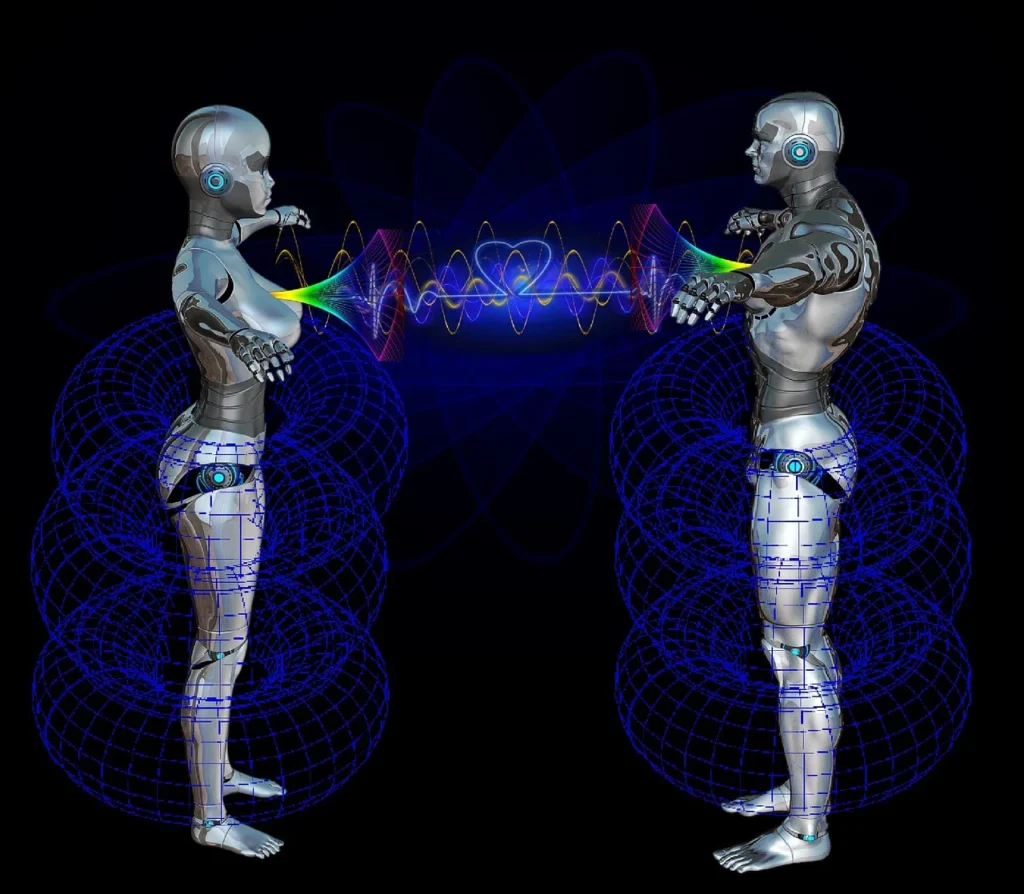
Each chakra is believed to vibrate at a specific frequency, which corresponds to its unique energy and function. These frequencies can influence our physical health, emotional state, and spiritual development.
Overview of Frequencies
Understanding the frequencies of the 12 chakras can help us align our energy and improve our overall well-being. Each chakra’s frequency can be measured using various tools and techniques, including sound therapy and energy healing practices.
12 Chakra Frequencies Chart
For a visual representation, refer to the 12 chakra frequencies chart. This chart illustrates the specific frequencies associated with each chakra and their impact on our energy field.
Keywords: Mention “12 chakra frequencies” and “12 chakra system chart” to explain how these frequencies align with each chakra.
Section 5: The 12 Chakras of the Earth
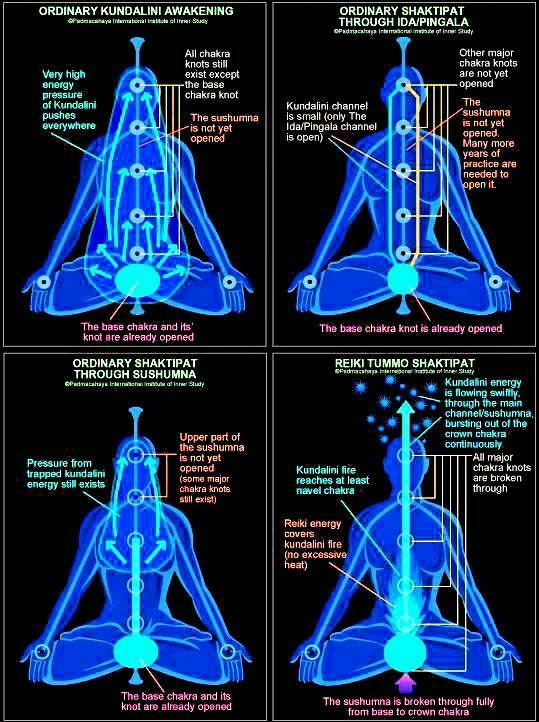
The concept of the 12 chakras of the Earth extends the idea of chakras to the planet itself. These chakras are believed to be energy centers that correspond to specific locations on Earth, influencing global energy and human consciousness.
Concept
The 12 chakras of the Earth are considered to be powerful points that connect the planet’s energy with our own. These chakras are thought to influence environmental health, spiritual awareness, and global harmony.
Chart and Diagram
Include a 12 chakras of the Earth location chart to visualize these energy centers and their significance.
Keywords: Use “12 chakras of the earth,” “12 chakras of the earth location,” and “the 12 chakras” to describe this concept.
Section 6: Practical Applications and Meditation
Meditation Techniques
Meditating on the 12 chakras can help balance and align your energy, leading to improved physical, emotional, and spiritual health. Here are some techniques to incorporate into your practice:
- Visualize Each Chakra: Focus on each chakra’s color and location while meditating. Imagine the chakra spinning and radiating its energy.
- Chakra Affirmations: Use affirmations related to each chakra’s qualities to reinforce its energy and purpose.
- Energy Healing: Incorporate practices like Reiki or sound healing to support chakra balancing.
Balancing the Chakras
To maintain balanced energy, consider regular practices such as yoga, transmission meditation, and energy healing. Pay attention to any imbalances or blockages and address them with appropriate techniques.
Keywords: Mention “12 chakra meditation” and “how to balance 12 chakras” to provide practical advice for readers.
Section 7: Conclusion
Summary
The 12 chakra system offers a comprehensive view of our energetic anatomy, extending beyond the traditional seven chakras. By understanding and working with these energy centers, we can enhance our spiritual practice, improve our well-being, and connect more deeply with ourselves and the world around us.
Call to Action
We encourage you to explore the 12 chakra system further and incorporate these insights into your personal practice. Whether you’re new to chakras or seeking to deepen your understanding, this expanded system provides valuable tools for growth and healing.
12 Chakra System Chart
| Chakra | Location | Meaning | Color | Frequency |
|---|---|---|---|---|
| 1. Root Chakra | Base of the spine | Grounding, Stability | Red | 256 Hz |
| 2. Sacral Chakra | Lower abdomen | Creativity, Sexuality | Orange | 288 Hz |
| 3. Solar Plexus | Upper abdomen | Personal Power, Confidence | Yellow | 320 Hz |
| 4. Heart Chakra | Center of chest | Love, Compassion | Green | 341 Hz |
| 5. Throat Chakra | Throat | Communication, Expression | Blue | 384 Hz |
| 6. Third Eye | Forehead, between eyes | Intuition, Insight | Indigo | 426 Hz |
| 7. Crown Chakra | Top of the head | Spirituality, Enlightenment | Violet | 480 Hz |
| 8. Soul Star | Above the crown | Higher Self, Cosmic Connection | White | 512 Hz |
| 9. Earth Star | Below the feet | Connection to Earth | Brown | 528 Hz |
| 10. High Heart | Above the heart | Universal Love, Forgiveness | Pink | 544 Hz |
| 11. Thymus Chakra | Thymus gland area | Immunity, Well-being | Turquoise | 576 Hz |
| 12. Brow Chakra | Just above the third eye | Higher Wisdom, Insight | Gold | 600 Hz |
FAQs about the 12 Chakra System
1. Are there 12 or 7 chakras?
- Answer: The traditional system includes 7 main chakras. However, the 12 chakra system expands this model by incorporating additional chakras beyond the classic seven.
2. What color is the 12th chakra?
- Answer: The 12th chakra, also known as the Brow Chakra, is typically represented by the color gold.
3. How many chakras do we really have?
- Answer: While the traditional model identifies 7 main chakras, some systems and teachings, including the 12 chakra system, suggest there are additional chakras, totaling 12 or more.
4. Which is the highest chakra in the body?
- Answer: The Crown Chakra (Sahasrara) is considered the highest chakra in the body, located at the top of the head.
5. Whose chakra is strongest?
- Answer: The concept of the “strongest” chakra varies by belief system. Generally, the strength of a chakra depends on individual energy balance and spiritual development.
6. Who is the god of all chakras?
- Answer: There is no single “god” of all chakras. Various deities and spiritual figures are associated with different chakras in different traditions, such as Shiva for the Crown Chakra in Hinduism.
7. Who is the queen of chakras?
- Answer: The term “queen of chakras” is not commonly used in traditional chakra teachings. Each chakra has its own significance and role, with no single chakra being considered a “queen.”
8. Who is the God of chakra?
- Answer: Different spiritual traditions attribute various deities to different chakras. In Hinduism, for instance, Vishnu and Shiva are associated with specific chakras, but there is no singular “God of chakras.”
9. Which chakra has power?
- Answer: The Solar Plexus Chakra (Manipura) is often associated with personal power, confidence, and willpower.
10. Which chakra is lazy?
- Answer: The term “lazy” is not typically used in chakra descriptions. However, blockages or imbalances in any chakra can affect its function and energy flow.
11. Which chakra is for weakness?
- Answer: The Root Chakra (Muladhara) is related to stability and security. Imbalances or blockages in this chakra can contribute to feelings of weakness or insecurity.
12. Which chakra is for the future?
- Answer: The Third Eye Chakra (Ajna) is often associated with intuition, foresight, and insight into the future.



